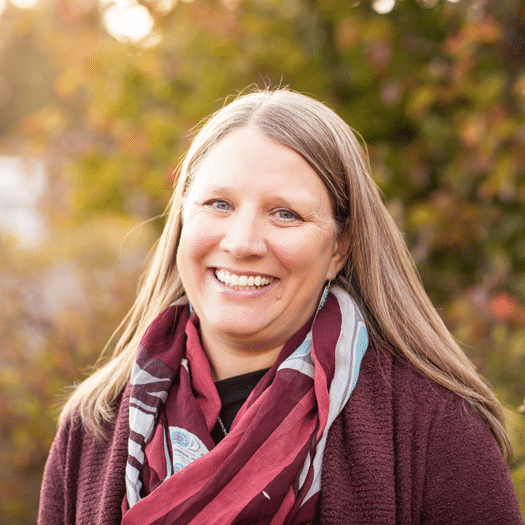How to: Setting Intentions
Now that we have explored the question of What is Intention? and the similarities and differences between intention and prayer, we move on to understanding the nature of each. It is important to understand what makes a powerful prayer when learning about setting intentions.
Learning About Prayer
Coming to prayer as an adult, I have been exploring the nature of prayer itself. What I find in conversations with my teachers, friends and clients as well as in the printed words of renowned mystics are widely accepted guidelines for praying. They are as follows:
- Avoid petition and gratitude prayers that say to God, “Thank you for …” and “please give protection to… and aid for… and healing to…”
- Ask for virtuous, immaterial things like grace, love and healing rather than material things like money, success, and recognition.
- Prayer should tend toward selflessness. This doesn’t mean we shouldn’t ask for anything, but what we request should tend toward what makes us compassionate human beings. Praying for generosity of spirit, the grace of endurance, or freedom from fear all meet this concept.
- Prayer is meant to be an opening up to the One, a question, rather than an expectation, demand or closing off.
- We must be patient in waiting for the answer to our prayer.
- Understanding that the answer to our prayers may not always be pleasing or easy helps us listen better.
- Letting go of the outcome is a key component of a powerful prayer.
The Loophole of Intent
Now that I’ve come to develop a working understanding of both prayer and intent, I don’t feel that either is necessarily better than the other. They are one in the same except for one tricky loophole. Since intent is not typically considered the same as prayer, the helpful guidelines above are often skipped. I can say this from experience because I’m willing to admit that, for a time, I had an addiction to free-wheeling intention. I tricked myself into believing that what I was doing was different than prayer and thus free of consequences.
Instead of praying for more money in my life, I intended for abundance. Instead of asking God to help me, I set the intention to have ease in my life. Instead of putting my illness in God’s hands, I determined what needed healing in me and set the intent to shift it. My intentions were more often than not about my personal comfort and want I wanted in my life with a distinct expectation of the outcome. And, guess what – it was working!
For the longest time the success of my intending was intoxicating. I couldn’t get enough of wishing for something and it coming true. Literally it was that direct. Even looking back now I am blown away by the generosity of the universe. But, eventually I ran out of zest for the habit. The consequence of my actions started to show through.
Inside, I felt an emptiness. There was too great a gap between myself and the Divine and every day this distance wore away at my composure. I had so many great “things” in my life but I could not find an enduring sense of the Spirit who moves through all these things. Whenever confronted with a challenge I struggled intensely. My faith waned.
I decided to let go of intending all together and, because it was so intertwined with my spiritual practice, I actually let that go too, cold turkey. I walked away from intending and my spiritual practice and into the desert. Some time later, I discovered prayer.
At first, I was afraid to let myself pray because I worried I would fall back into old patterns. I kept to reading great prayers by great mystics. Once I began to remember some of the prayers, I prayed them repeatedly. Then slowly, ever so slowly, I began to write my own spontaneous prayers and say them out loud. It was the structure of the guidelines above that helped me gather the courage to trust myself in prayer and it is this deep trust that has caused great change in my life. There is more connectivity between myself and the mystical realms. Faith is real to me now.
So, do I use intention in my life anymore? Not for myself, but I still do for my clients because that is often the less religiously charged of the two words. I do this because I am working with spirituality rather than religion. At the same time, I write this article for my clients because I want them to understand what I am talking about on a deeper level when I talk about stating an intention.
Setting Intentions
Intentions for shamanic healing and spiritual inquiry are meant to be treated with the same care as prayer. I encourage you to approach them with the reverence you would as if you were talking to God. If you do believe in “The One”, “Source”, “Goddess” or “Great Spirit”, what would you ask him or her at this moment?
An intent can have an agenda, but what is the motivation behind that agenda? Who would have to sacrifice something they own or who would have to change who they are to make your request happen? Are you willing to open up to the whole and consider how fulfilling your request might affect those around you?
An intent can have a romantic word, but is your romantic word covering up a fear? Often a request for safety masks a fear of divine chaos. Unfortunately, bad things can happen to good people, it is one of the great mysteries of the cosmos and there is no way to prevent divine chaos, bad or good, from touching your life. How does this truth sit with you?
A request for abundance can conceal a fear of financial poverty. It may be a good time to ask the Divine for help releasing the fear. Another route may be to ask for help understanding true abundance. True abundance has nothing to do with dollar signs.
True security is not like the walls of a gated community, but a deep, deep faith in the order of the cosmos that exists no matter where you are. It is always there whenever you stop and listen to the silence. When you are in the truth, fear cannot penetrate your soul.
As we learned in the article on What is Intention?, one meaning of intent and intention is “aim or purpose”. What is your purpose for seeking healing or guidance? If you are looking for the healing work to result in a particular outcome, my recommendation is to simply intend for assistance with learning how to release the outcome.
The intent for healing work and seeking divine guidance is meant to be an opening up to an exquisite dialogue with the Divine.
Ultimately the question is not “can you bring this to me?” as surely the spirits can, but rather is more: “I am listening. What are you revealing right now?”
About Author, Stacey L. L. Couch
 Stacey L. L. Couch, Certified Shamanic Practitioner, works as a publicist and journalist for Mother Nature and is the author of Gracious Wild: A Shamanic Journey with Hawks. She empowers people with the ability to explore life’s big questions by calling on nature, story and synchronicity as a source for guidance and healing. With her deeply rooted experience in the field of shamanism and passion for working with wildlife and rescue animals, Stacey has a unique blend of rational and mystical perspective that makes the world of shamanism easily accessible to others. She values mindfulness, wonder, and compassion in her daily spiritual practice. Learn More about Stacey.
Stacey L. L. Couch, Certified Shamanic Practitioner, works as a publicist and journalist for Mother Nature and is the author of Gracious Wild: A Shamanic Journey with Hawks. She empowers people with the ability to explore life’s big questions by calling on nature, story and synchronicity as a source for guidance and healing. With her deeply rooted experience in the field of shamanism and passion for working with wildlife and rescue animals, Stacey has a unique blend of rational and mystical perspective that makes the world of shamanism easily accessible to others. She values mindfulness, wonder, and compassion in her daily spiritual practice. Learn More about Stacey.


[…] Continue Reading about this topic in my next article on How to: Setting Intentions… […]